
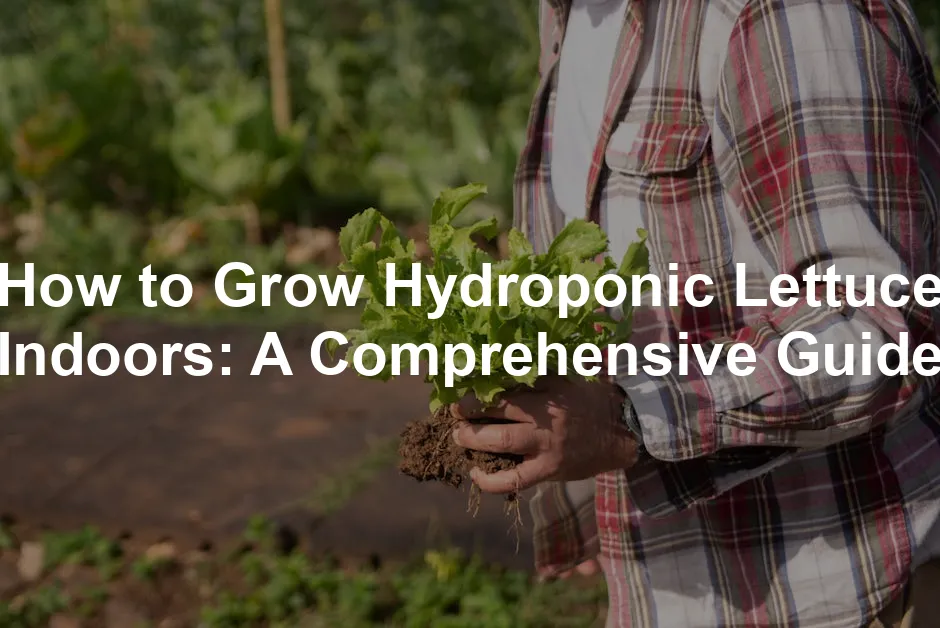
How to Grow Hydroponic Lettuce Indoors: A Comprehensive Guide
Introduction
Hydroponics is a game-changer for indoor gardening. This method eliminates the need for soil, allowing you to grow plants directly in nutrient-rich water. When it comes to hydroponics, lettuce reigns supreme. It’s quick to grow, easy to care for, and perfect for those with limited space. Imagine plucking fresh, crisp leaves right from your kitchen counter!
Growing hydroponic lettuce is a delightful venture for beginners. You can start small, using simple setups that fit snugly in your home. With various methods available—like Deep Water Culture or the Kratky method—there’s something for everyone. The joy of watching your lettuce thrive, combined with the satisfaction of homegrown produce, makes this an irresistible hobby.
In this guide, we’ll discuss the best practices for hydroponically growing lettuce indoors. Expect tips, tricks, and insights that will help you cultivate a flourishing lettuce garden. Get ready to embrace the freshness of homegrown greens!
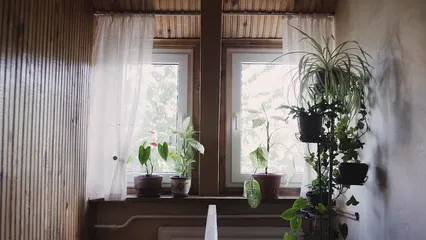
Benefits of Hydroponic Lettuce
Advantages of Hydroponic Systems
Faster Growth: Hydroponics provides plants direct access to nutrients, speeding up their growth. Lettuce can be ready to harvest in as little as 27 days!
Space Efficiency: Hydroponic systems can be designed vertically. This means you can grow a ton of lettuce in a tiny apartment or even a windowsill. Consider investing in a Hydroponic Growing System that fits your space!
Water Efficiency: Hydroponics uses 90% less water than traditional gardening. The closed-loop systems recycle water, keeping it from evaporating into thin air.
Pest and Disease Management: Say goodbye to soil-borne pests! Hydroponic setups reduce the risk of common garden diseases. You’ll have healthier plants and fewer headaches.
Year-Round Production: No need to worry about the weather! Indoors, you can grow lettuce all year long. Whether it’s snowing outside or the sun is blazing, your lettuce will thrive.
These benefits make hydroponic lettuce a fantastic choice for anyone looking to grow their own food indoors. Whether you’re a seasoned gardener or just starting out, the rewards of fresh, homegrown lettuce are just a few steps away!
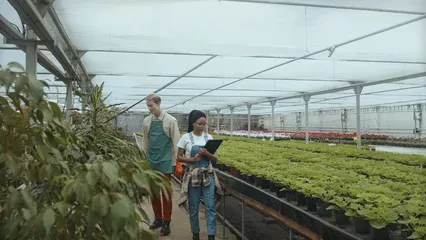
Choosing the Right Lettuce Variety
Growing hydroponic lettuce indoors means selecting the right variety. Not all lettuces are created equal. Some thrive better in hydroponic systems than others, providing you with the freshest greens possible. Here’s a breakdown of the best lettuce varieties to consider.
Recommended Varieties
Butterhead (Bibb): This sweet, tender lettuce is a hydroponic superstar. Its soft, buttery leaves are perfect for salads and sandwiches. Butterhead grows quickly, making it an ideal choice for beginners. You’ll be munching on your homegrown lettuce in no time!
Romaine: Crisp and sturdy, romaine lettuce is a classic. It holds up well in salads, adding a satisfying crunch. Romaine can tolerate a range of conditions, making it a versatile option for hydroponic systems. Just be prepared for some serious salad-making!
Loose-leaf Varieties: These lettuces are quick-growing and forgiving. Red and Green Oakleaf are two popular choices. Loose-leaf types allow for a cut-and-come-again approach. This means you can harvest outer leaves while the inner ones continue to grow. Talk about a never-ending salad bar!
Specialty Varieties: If you’re feeling adventurous, try unique options like Red Fire or Tango. Red Fire features deep-red, frilly leaves, while Tango offers a unique texture and flavor. These specialty varieties can add visual interest and flavor diversity to your hydroponic garden.
Choosing the right variety is essential for a successful hydroponic lettuce garden. Each type has its unique characteristics, so pick the ones that suit your taste and gardening style. Once you’ve made your choice, you’re one step closer to enjoying fresh, homegrown lettuce all year round!

Setting Up Your Hydroponic System
Before you can grow that luscious lettuce, you’ll need to set up your hydroponic system. There are several system types to choose from, each with its unique benefits. Here’s a rundown to help you decide which one suits you best.
Types of Hydroponic Systems
Deep Water Culture (DWC): This system involves suspending the plant roots in a nutrient-rich solution. It offers excellent oxygenation, ensuring healthy growth. DWC is popular for its simplicity and effectiveness. Just keep the water level consistent, and you’re golden!
Nutrient Film Technique (NFT): In this setup, a thin film of nutrient solution runs over the roots. It’s efficient and uses less water. NFT systems are great for those looking to maximize space, making them perfect for small indoor areas. Just ensure your water pump is functioning well!
Kratky Method: This simplified approach is fantastic for beginners. You don’t need pumps or complex equipment. Just set your plants in a container with water and nutrients, and let them grow. The roots will reach down to the solution themselves. It’s low-maintenance and rewarding!
Drip Systems: These systems provide nutrients directly to the roots through a drip mechanism. They’re versatile and can be used for various plant types. Drip systems also minimize water waste, making them an eco-friendly choice. Just monitor your drip rates to keep everything flowing smoothly!
Setting up the right hydroponic system is crucial for your lettuce-growing adventure. Each method has its pros and cons, so consider your space, budget, and experience level. With the right system in place, you’ll be well on your way to cultivating a thriving indoor lettuce garden!

Essential Equipment
Growing hydroponic lettuce indoors requires some essential gear. Let’s break down what you’ll need for a successful green journey!
Containers: Choose non-metal containers to avoid rust. Plastic or HDPE buckets work well. Aim for a depth of at least 20 cm. This ensures enough space for roots to grow and soak up nutrients without feeling cramped. A little room goes a long way!
Growing Medium: Your plants need a cozy bed, too! Options include Rockwool Starter Cubes, clay pellets, perlite, and coconut coir. Rock wool is popular for its excellent moisture retention. Clay pellets offer great aeration. Perlite improves drainage, while coconut coir is eco-friendly and fluffy. Mix and match to find what works best for you!
Nutrient Solutions: Let’s talk food! Hydroponic lettuce thrives on nutrient solutions. Commercial options like General Hydroponics Flora Series Nutrient Trio are reliable. Prefer a DIY approach? Combine water-soluble fertilizers with magnesium, calcium, and potassium. Just remember to adjust the pH between 5.5 and 6.5 for optimal growth.
Lighting: Light is crucial for indoor gardening. LED grow lights are energy-efficient and provide the full spectrum of light your lettuce craves. Fluorescent lights are also a great option. Aim for 12 to 16 hours of light daily. Too little light and your plants might feel down; too much and they could get burned! Find the sweet spot that makes your lettuce happy.
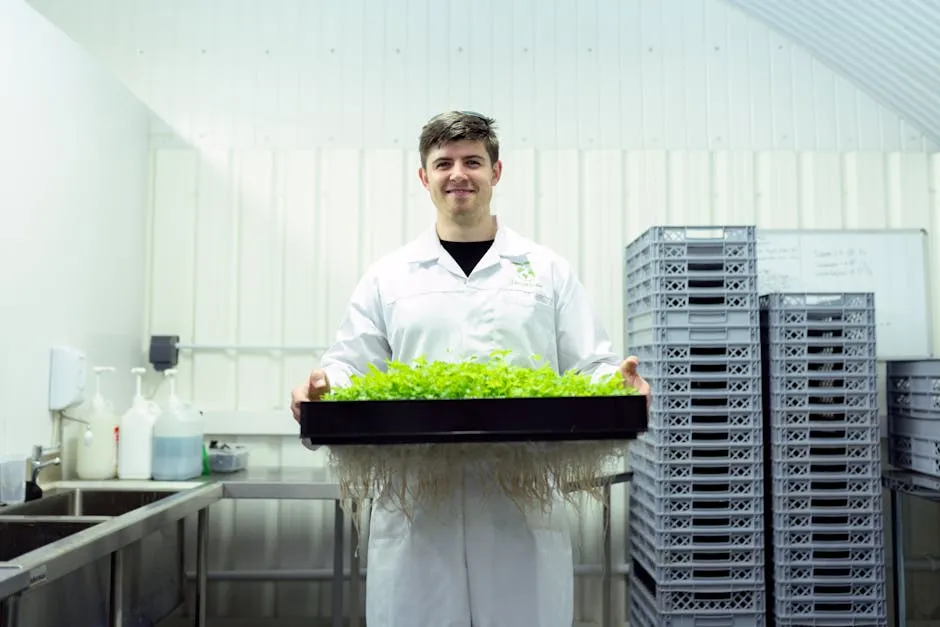
Germination and Growth Process
Starting Seeds
Seed Selection: Choosing the right seeds is vital. Look for high-quality, organic seeds from trusted sources. Popular varieties for hydroponics include Butterhead, Romaine, and loose-leaf types like Red Oakleaf. These selections are fast-growing and delicious!
Germination Process: Ready to sprout? Start by soaking rock wool or starter plugs in a nutrient solution with a pH of around 5.5. Drain excess liquid and place one seed into each plug. Cover the tray with a humidity dome and place it under a grow light. Maintain a steady temperature of around 70°F (21°C) for best results. Germination should occur within 1 to 3 days. Keep an eye on those little green miracles!
Transplanting: When seedlings reach about 1.5 to 2 inches tall, it’s time to move them to the hydroponic system. Gently remove the plugs and place them in your chosen growing medium. Make sure roots are submerged in the nutrient solution while ensuring the top of the plug stays above water. This allows your seedlings to breathe while they grow!
Transplanting is a vital step. Do it right, and your lettuce will thrive, ready for the next phase of growth. Regularly check on them during this transition. A little TLC goes a long way in ensuring your hydroponic lettuce flourishes!
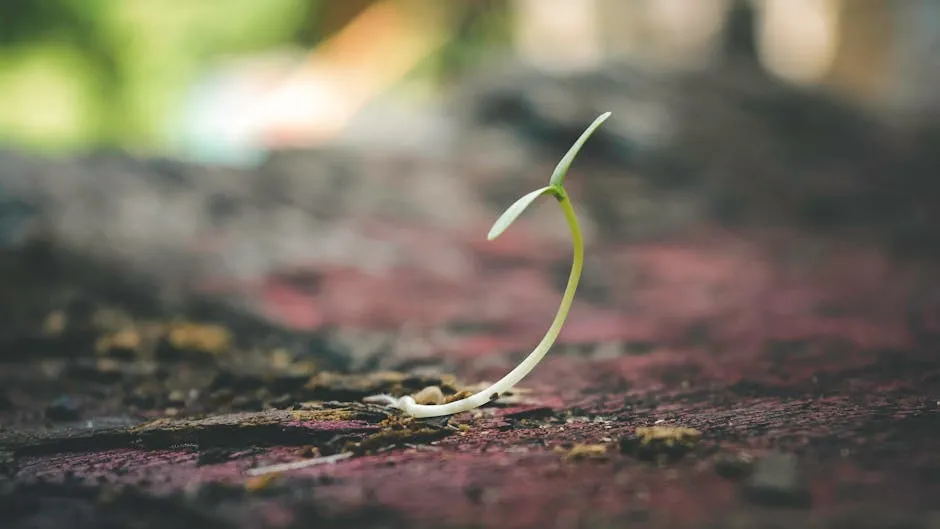
Care and Maintenance
Nutrient Management: Monitoring pH and EC levels is crucial. Keep the pH between 5.5 and 6.5. This range ensures optimal nutrient absorption. The Electrical Conductivity (EC) should sit between 0.8 and 1.2 mS. Regularly test these levels using a reliable pH Meter for Hydroponics. Adjust as necessary to maintain healthy plants. Remember, happy roots lead to happy lettuce!
Watering Needs: Hydration is everything for lettuce. Ensure your plants receive enough water without drowning them. Check the nutrient solution every few days. Replenish as needed, especially in warmer months. In a Deep Water Culture setup, roots should always be submerged. For other systems, keep the medium moist but not soggy. Consistent moisture promotes robust growth.
Light Requirements: Light is the sunshine of your indoor garden. Aim for 12 to 16 hours of light daily. Use LED grow lights for energy efficiency. Position them about 15 inches above your plants. Adjust height based on growth. Too much light can scorch leaves, while too little stunts growth. Finding the right balance is key!
Temperature and Humidity Control: Lettuce loves cool weather. Maintain temperatures between 60°F and 75°F. If it gets too hot, lettuce may bolt and become bitter. Monitor humidity levels too; aim for around 40% to 50%. A small fan can help circulate air, preventing mold and keeping humidity in check. Consistent conditions equal thriving lettuce!

Troubleshooting Common Issues
Potential Problems
Nutrient Deficiencies: Watch for yellowing leaves or stunted growth. These signs indicate deficiencies, often due to improper nutrient levels. If you notice yellowing, check your nutrient solution’s pH and EC. Adjust accordingly. Adding a balanced nutrient solution rich in nitrogen and potassium can restore vigor. Regularly monitor your plants to catch issues early.
Pest Management: Pests can sneak in, even indoors. Common culprits include aphids and spider mites. Use organic control methods like Organic Pest Control Spray or insecticidal soap. Introduce beneficial insects, such as ladybugs, to keep pests at bay. Regularly inspect your plants. If you spot pests, act fast to prevent infestations and keep your lettuce healthy.
Diseases: Preventing diseases is easier than treating them. Ensure good airflow around your plants to reduce humidity and prevent mold. Water at the base of the plants, avoiding wet leaves. If disease strikes, remove affected parts immediately. Use fungicides as a last resort. Regularly clean your system to avoid algae and bacteria buildup. Keeping things tidy is essential for success!
Harvesting Hydroponic Lettuce
Harvesting hydroponic lettuce is an exciting step in your indoor gardening journey! With a few techniques, you can ensure fresh greens keep coming back for more. Let’s explore the best harvesting methods, along with some handy storage tips.
Best Harvesting Techniques
Cut-and-Come-Again Method: This method is a favorite among lettuce growers. Simply cut the outer leaves of the lettuce plant, leaving the inner leaves to continue growing. This way, your plant remains healthy and productive. You can enjoy a steady supply of fresh lettuce for weeks! Plus, it’s a quick and easy way to grab a handful of greens for your salads or sandwiches. Who doesn’t love a salad bar right at home?
Full Harvest: Sometimes, the time comes when you need to harvest the entire plant. This is typically when your lettuce reaches full maturity—usually around 30 to 45 days after planting. To do this, use a sharp knife or scissors for harvesting to cut the base of the plant, just above the roots. This method is perfect for when you want to clear out your hydroponic system and make room for new seedlings. Just remember, once you go full harvest, that plant is done, so enjoy every crisp bite!
Storage Tips: Now that you’ve harvested your lettuce, it’s essential to keep it fresh. Store your lettuce in the refrigerator, ideally in a crisper drawer. For best results, wrap the leaves in a damp paper towel and place them in a plastic bag. This helps maintain moisture without making them soggy. Proper storage can extend the life of your lettuce for up to two weeks! Who knew that a little bit of TLC could keep those greens looking and tasting fresh?
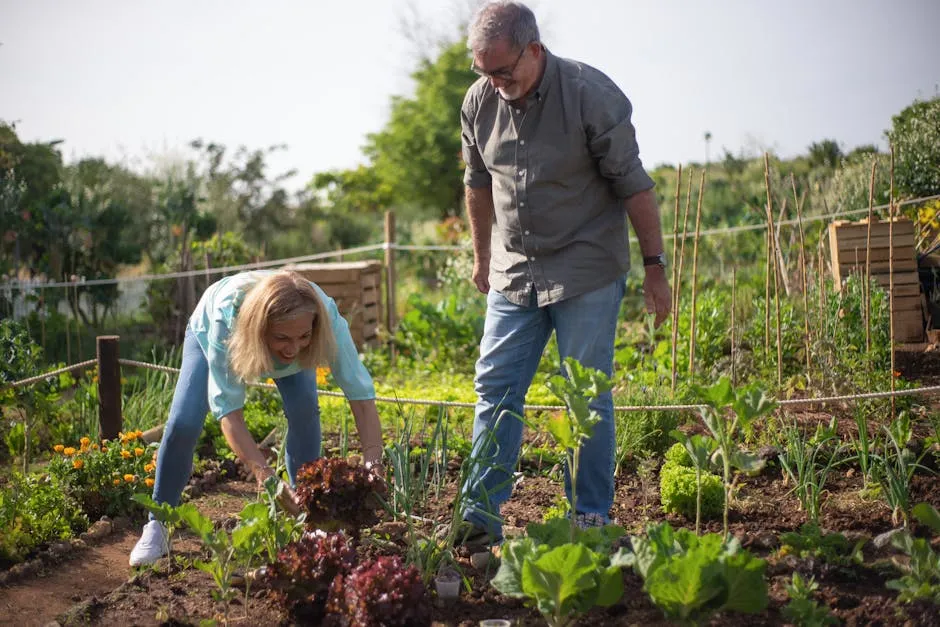
Conclusion
Growing hydroponic lettuce indoors is a rewarding and straightforward process. It offers numerous benefits, such as faster growth, efficient use of space, and the joy of fresh produce right from your home. Hydroponic systems are beginner-friendly, making it easy to start your own little green paradise.
So, why not dive in and create your hydroponic garden? Share your experiences with fellow gardeners, and don’t hesitate to experiment with different lettuce varieties. There’s nothing quite like the satisfaction of enjoying fresh, homegrown lettuce. Happy growing!

FAQs
How long does it take to grow hydroponic lettuce?
Hydroponic lettuce typically takes about 27 to 35 days from germination to harvest, depending on the variety.
Can I grow hydroponic lettuce indoors year-round?
Absolutely! Hydroponic systems allow you to grow lettuce indoors regardless of the season, providing ideal temperature and light conditions.
What are the best lights for hydroponic lettuce?
LED grow lights are highly recommended for hydroponic lettuce. They provide the necessary light spectrum while being energy-efficient.
How do I prevent pests and diseases in hydroponics?
Maintain cleanliness in your system and monitor plant health regularly. Use organic pest control options, such as neem oil, if needed.
Can I use regular garden soil in hydroponics?
No, traditional garden soil is not suitable for hydroponics. Instead, use inert growing mediums like rock wool, clay pellets, or perlite for optimal results.
Please let us know what you think about our content by leaving a comment down below!
Thank you for reading till here 🙂
For effective management of pests in your hydroponic garden, consider exploring organic pest control methods that can help maintain healthy plants.
And if you’re feeling really adventurous, why not check out a Gardening Journal to track your progress and jot down all those brilliant ideas for your next lettuce masterpiece!
All images from Pexels



